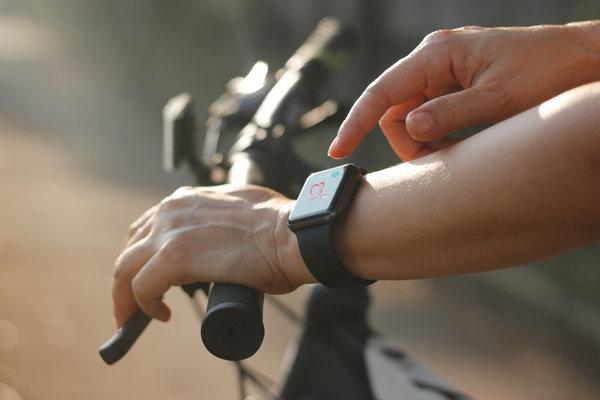

The HI…High Intensity
As many of you are already aware, HIIT stands for High-Intensity Interval Training. Over the next few entries on this blog, we’ll be breaking down each aspect of this challenging, yet rewarding approach to cardio-respiratory exercise.
Intensity can mean many things to many people. It is as personal as your smile or your DNA. One person’s intense workout might be someone else’s warm-up—it’s all relative and it is very helpful if you’re on speaking terms with this relation.
For many years, cardio centers in gyms and clubs were littered with posters talking about aerobic work levels. Most were based on an outdated notion that one could subtract their age from a fixed point (220) and come up with a representation of an age-adjusted Maximum Heart Rate (MHR). Take varying percentages of that value and you could produce work that would burn fat (60-70% of MHR) or enhance aerobic capacity (70-85%). The notion became outdated as we realized there was a far greater genetic influence on MHR than age and the spectrum of MHR was much broader than originally surmised. While knowing one’s “actual” maximum heart rate can prove valuable, determining it is best done in a clinical setting. Even if one had a solid notion of their maximum heart rate, it would matter little compared to how much of that capacity we could use before we couldn’t deliver oxygen fast enough to provide energy for our work load.
So, high-intensity is, above all else, a relative notion. For purposes of HIIT, High-Intensity usually refers to efforts near, at, or in excess of the capacity to provide oxygen to produce energy. If we don’t have enough oxygen to oxidize (burn) the fuels (carbohydrates and fatty acids), these fuels don’t burn completely, leaving behind a carbon fragment (lactate/lactic acid) that impedes further energy production. You would feel this as a burning sensation in the muscle.
Depending on the duration of a work interval in a HIIT Protocol, one’s intensity would have to be adjusted—the shorter the interval, the harder (higher intensity) one should work; a longer interval would not allow the same intensity to be applied.
Now that you have a better understanding on what to expect from a HIIT Session/Class, and how the session/class can affect your oxygen capacity and energy production, keep looking out for our upcoming HIIT blog articles!
Article written by Capital Athletic Club’s Programming Director, Small Group Training Coach, and Certified Personal Trainer: Bruce Coolidge

